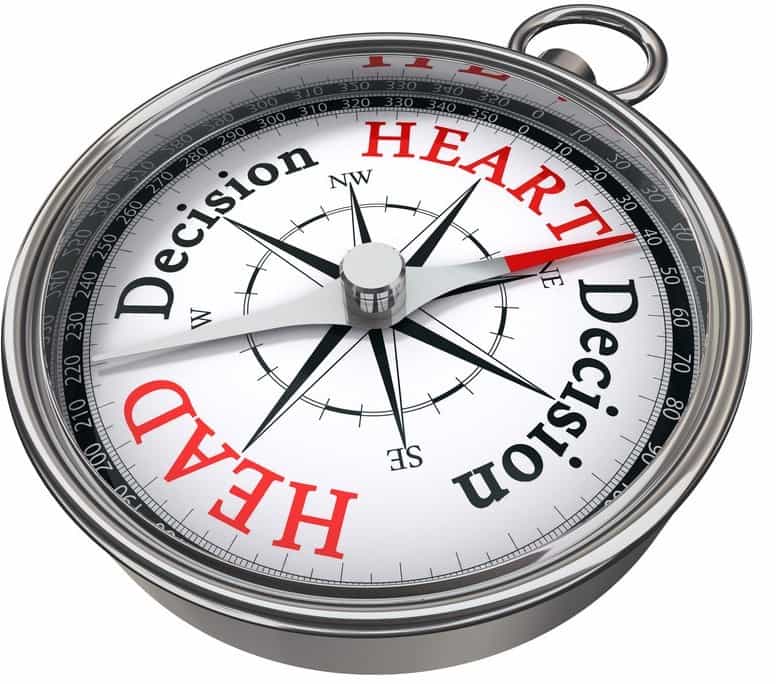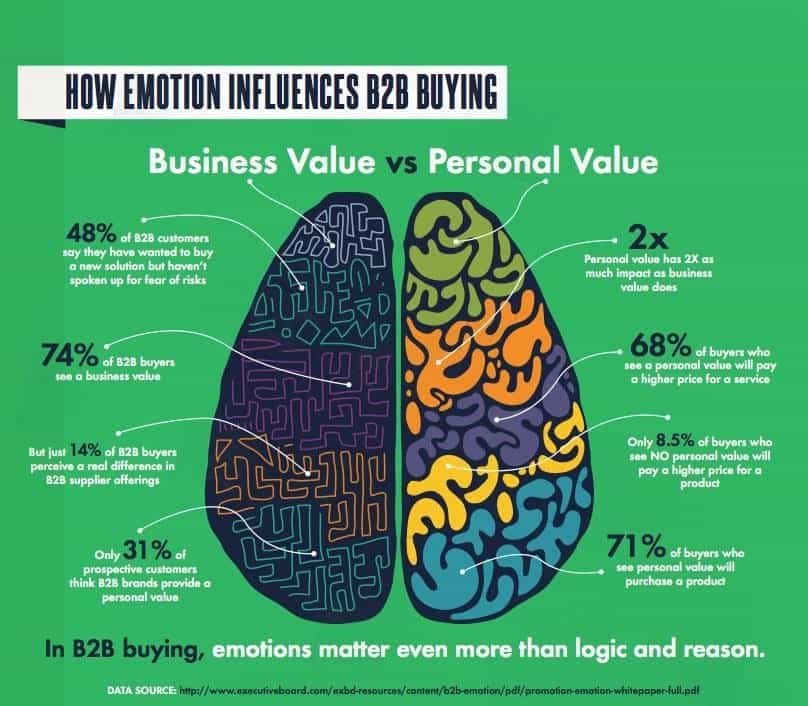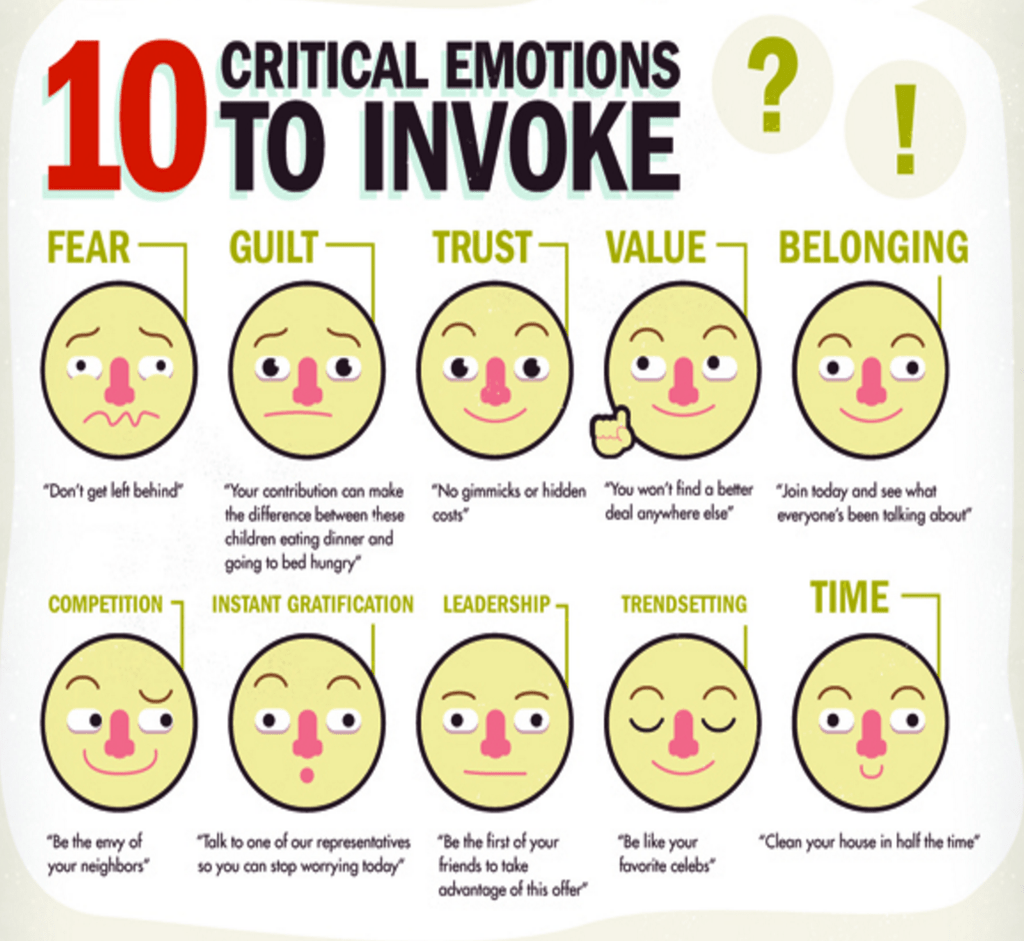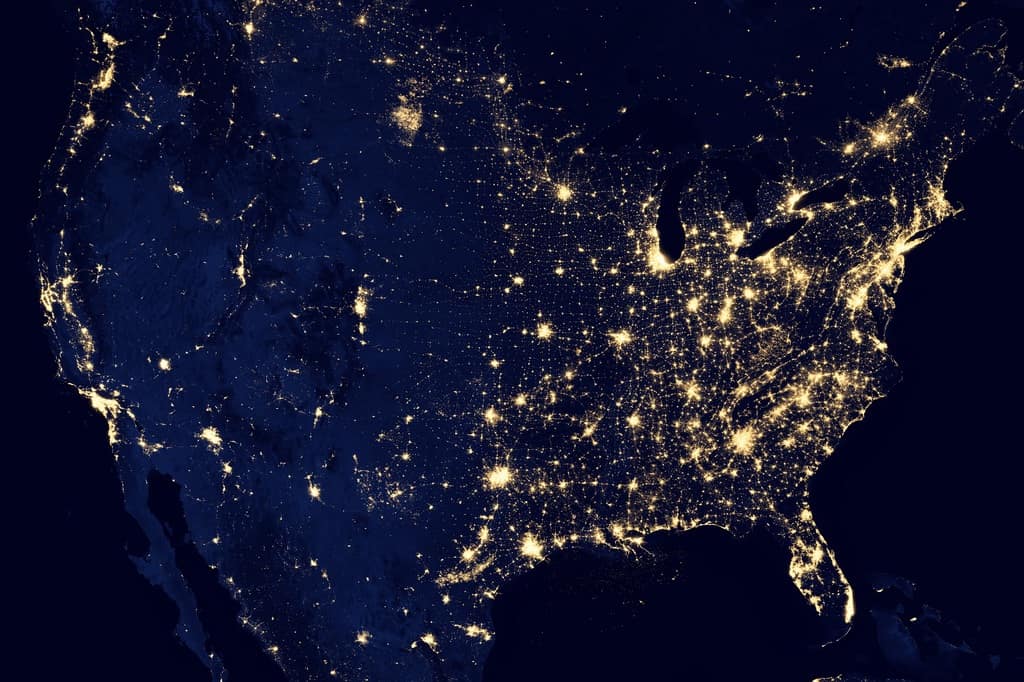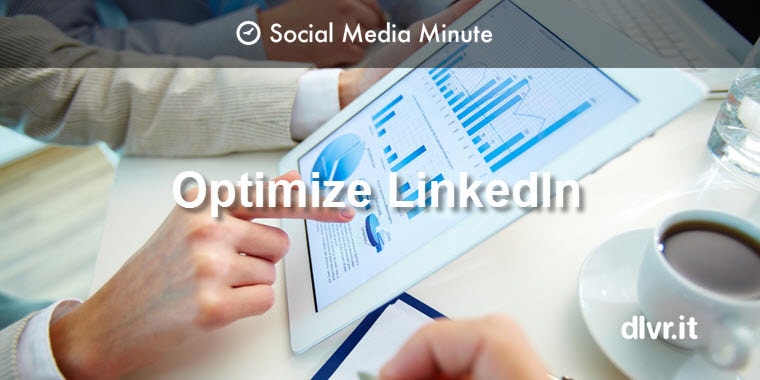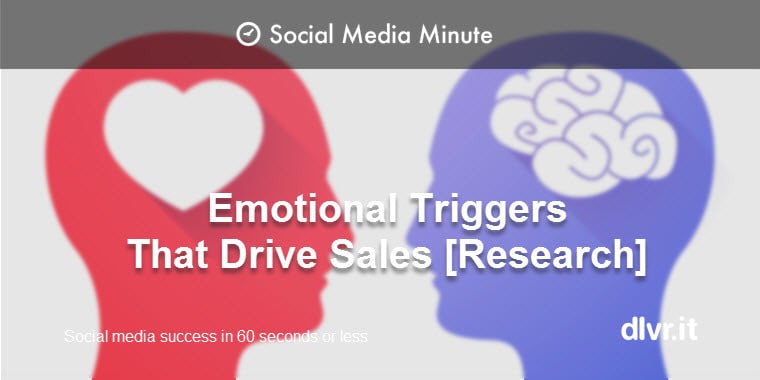
How Emotional Triggers Get People to Buy [Infographics]
When it comes to making decisions about what to buy, do you go with your heart or your head?
Take a look at these stats:
- 31% of advertisers report gains from emotional campaigns
- 16% report gains from campaigns that appeal to people’s rational side
- 26% report the same with a combination of emotion and rationality
Question:
When two groups of people receive two different donation-seeking-letters, one with stats, and the other with an emotional story, which one receives the greater amount of donations?
(A) Letter with stats
(B) Letter with an emotional story
Answer: The emotional letter received an average donation over two times HIGHER than the statistics-laden letter!
When it comes to making decisions about what to buy, people tend to go with their hearts (emotional side) more often than their heads (logical side).
In advertising your business through the holidays and the rest of the year, appealing to the logical mind is an important aspect of communication… but don’t forget about the emotional side too.
How Personal Emotions Fuel B2B Purchases
Emotion also plays a surprisingly significant role in B2B purchases.
Per SocialMediaToday, a recent study performed by the CEB found that 71% of buyers who see a personal value in a B2B purchase will end up buying the product or service. In fact, personal value resulted in twice as many sales as business impact.
Here are two disparate stats to consider:
- 31% of customers find personal value in B2B brands
- 68% would pay more for something in which they found personal value
The data in this study shouldn’t come as a surprise to anybody, but it should serve as an important reminder that the reasons that people buy usually track much closer to their emotional center than their rational thinking.
How Emotional Triggers Get People to Buy
The folks at BLUE developed an infographic displaying how to incorporate emotions in marketing communications. Learn the key emotions to tap into, why it’s effective across many platforms and types of audiences, and tips to craft your own emotional copy with the most powerful words and phrases.
10 Key Emotions to Invoke to Get People to Buy:
-
FEAR – “Don’t get left behind”
-
GUILT – “Your contribution can make the difference between these children eating dinner and going to bed hungry.”
-
TRUST – “No gimmicks or hidden costs.”
-
VALUE – “You won’t find a better deal anywhere else.”
-
BELONGING – “Join today and see what everyone’s talking about.”
-
COMPETITION – “Be the envy of your neighbors.”
-
INSTANT GRATIFICATION – “Talk to one of our representatives so you can stop worrying today.”
-
LEADERSHIP – “Be the first of your friends to take advantage of this offer.”
-
TRENDSETTING – “Be like your favorite celebs.”
-
TIME – “Clean your house in half the time.”
5 Most Persuasive Words in the English Language
Some words are much more powerful than others.
Qualification: The infographic attached below from Blue lists ten of the most powerful words in the English language (you, results, health, guarantee, discover, love, proven, safety, save and new). In researching the source of these “powerful words”, quite a few a posts refer to a 1970’s Yale study. However, the study likely never happened.
Despite that fact (yes, I make it a habit of searching for the source when citing facts), Copyblogger discusses certain power words that hold more sway over our decision-making process than others. You might be surprised to find that these “power words” don’t seem, well, all that powerful.
Here are five of the most persuasive words in the English language:
1. You
According to recent research examining brain activation, few things light us up quite like seeing our own names in print or on the screen. Our names are intrinsically tied to our self-perception and make up a massive part of our identity. No surprise then, that we become more engaged and even more trusting of a message in which our name appears.
2. Free
Everybody loves free!
People love free stuff so much they’ll actually make different choices, even when the respective value of the item or service remains the same.
3. Because
Although “because” may appear to have some sort of brainwashing effect on people at Xerox machines, it’s only really a matter of reasoning: even giving weak reasons has been shown to be more persuasive than giving no reason at all.
Only trumpet features and product traits you are proud of when they help make your point. Use them to create an incentive for customers to take action. And use “because” when pointing out these compelling reasons, but don’t rely on it as a crutch.
4. Instantly
We want things yesterday!
Words like “instant”, “immediately”, or, even,”fast” are triggers for flipping the switch on that mid-brain activity.
5. New
This one almost seems paradoxical.
“Newness” is important to products, especially because research has shown that they age far more quickly than “experiential” purchases. (In other words, you’ll hate your new headphones in 2 years, but that concert you went to 5 years ago probably aged in your mind like a fine wine.)
The Full Infographic
___
What powerful words do you use in your social media marketing?
We’d love to hear from you.
Please comment and feel free to share!

